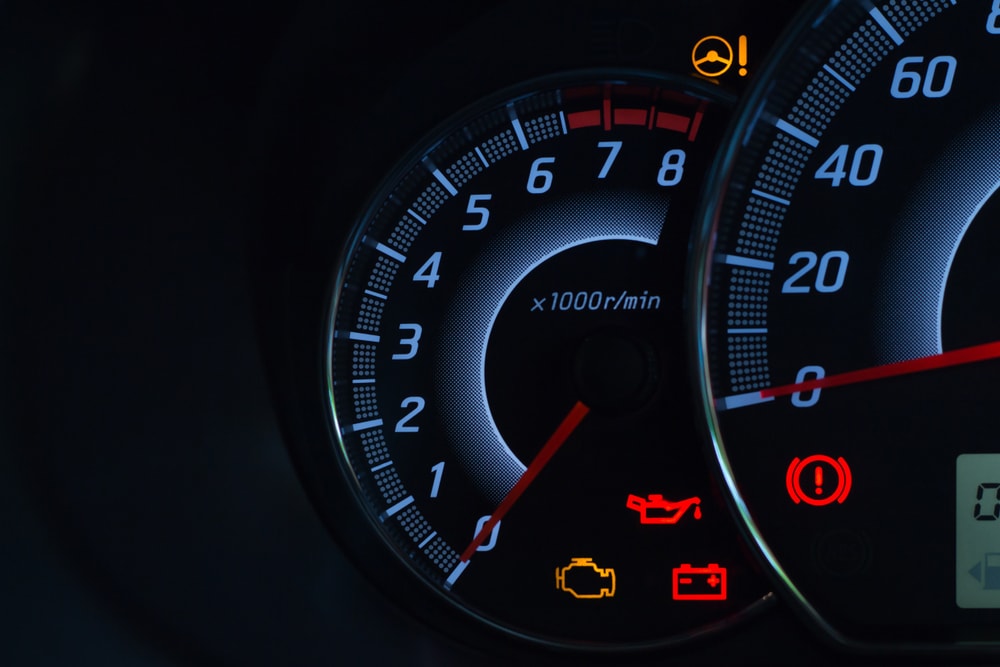Your car is a complex machine and it communicates constantly. Its primary language, however, often goes ignored. The dashboard lights are not just decorative symbols; they are vital messages. They tell you about your vehicle’s health. Ignoring these warnings can lead to costly repairs and can also compromise your safety. Deciphering car warning lights empowers you for a safer and more reliable driving experience.
The Language of Light: Colors and Urgency
Car warning lights use a simple color code. This tells you about the urgency of the problem. Understanding these colors is the first step.
- Red Lights: These signal a serious issue. They demand immediate attention. Stop driving as soon as it is safe. Continuing could cause significant damage. It could also endanger you.
- Yellow or Orange Lights: These indicate a less critical but important issue. You can often drive a short distance. However, get the problem checked very soon. Do not delay diagnosis.
- Green or Blue Lights: These are purely informational. They show a system is active. Your high beams are on, or your cruise control is engaged. They do not signal a problem.
Always consult your car’s owner’s manual. It provides specific details for every light.
Essential Warning Lights You Must Know
Several car warning lights appear on almost every modern vehicle. Each one signals a specific problem. Knowing their meaning helps you react appropriately.
Here are the most common and crucial car’s warning lights:
- Check Engine Light: This light often looks like an engine outline. It indicates an issue with your engine or emission system. The problem could be minor, like a loose gas cap. It could also be serious, like a catalytic converter failure. Get a professional diagnosis quickly.
- Oil Pressure Warning Light: This light shows an oil can symbol. It means your engine has dangerously low oil pressure. Stop driving immediately and safely. Continuing to drive risks severe engine damage. Check your oil level. Call for assistance.
- Battery/Charging System Warning Light: This light looks like a battery. It indicates a problem with your car’s charging system. The battery might not be charging. The alternator could be failing. Get this checked promptly to avoid a breakdown.
- Brake System Warning Light: This light often shows an exclamation mark in a circle. It could mean low brake fluid. It might indicate a problem with the braking system itself. Stop driving immediately and safely if this light appears. Get your brakes inspected by a professional. Your safety depends on it.
- Anti-lock Braking System (ABS) Warning Light: This light spells out “ABS” in a circle. It means your ABS system has a malfunction. Your regular brakes will still work, however, the anti-lock function will not activate in emergencies. Have this system checked soon.
- Tire Pressure Monitoring System (TPMS) Light: This light looks like a tire cross-section with an exclamation mark. It warns you about low tire pressure in one or more tires. Low pressure reduces fuel efficiency and it also increases blow-out risk. Check and inflate your tires to the recommended pressure quickly.
- Engine Temperature Warning Light: This light resembles a thermometer in wavy lines. It means your engine is overheating. Pull over immediately and safely. Continuing to drive causes serious engine damage, especially, in hot climates like Las Vegas.
- Airbag Warning Light: This light typically shows a person with an airbag deployed. It indicates a fault in your airbag system. The airbags might not deploy in a collision. Get this system checked by a professional without delay.
- Power Steering Warning Light: This light often shows a steering wheel with an exclamation mark. It indicates a problem with your power steering system. Steering might become much harder. Have this issue diagnosed promptly.
What to Do When a Light Comes On
Knowing the meaning is one thing and knowing the action is another. Reacting correctly saves you trouble.
Follow these general steps:
- Do Not Panic: Stay calm. Assess the situation first.
- Consult Your Manual: Open your owner’s manual. Find the specific light and its recommended action.
- Prioritize Safety: If it’s a red light, pull over immediately. Do this safely.
- Seek Professional Help: For any persistent warning light, get professional diagnosis.
- Avoid Ignoring: Never ignore a warning light. It’s your car’s way of asking for help.
Your car warning lights are powerful tools as they keep you informed. They contribute significantly to safer drives. Pay attention to them. Act on their messages and your car will thank you with reliable performance.



